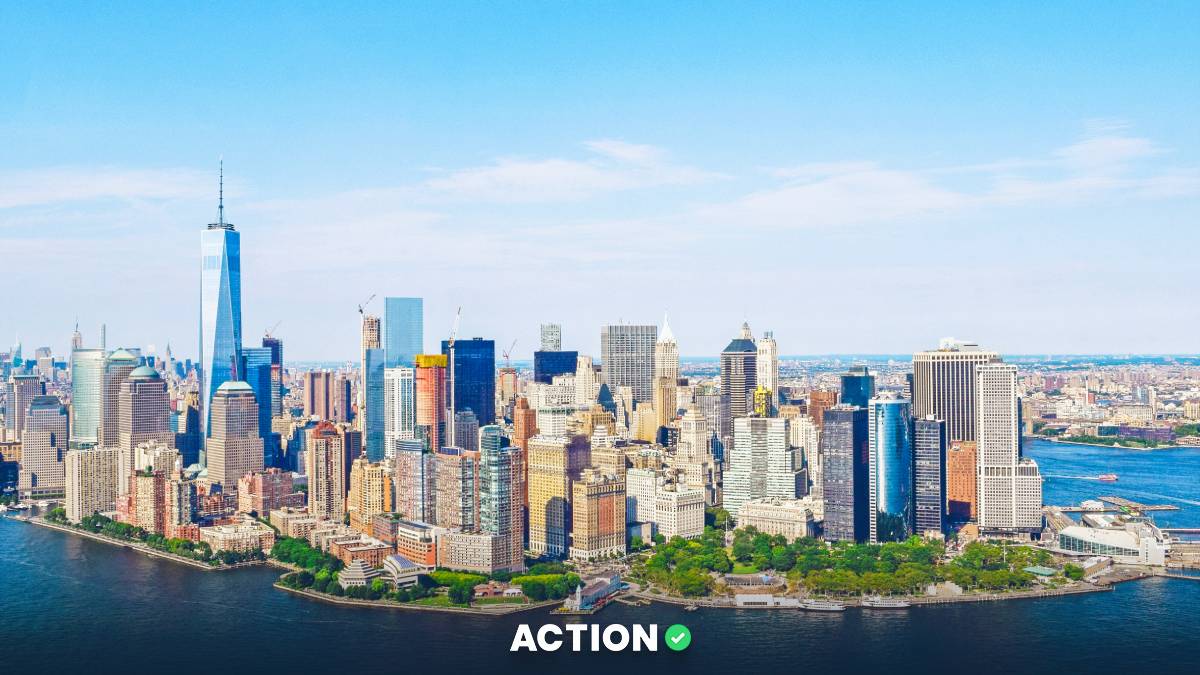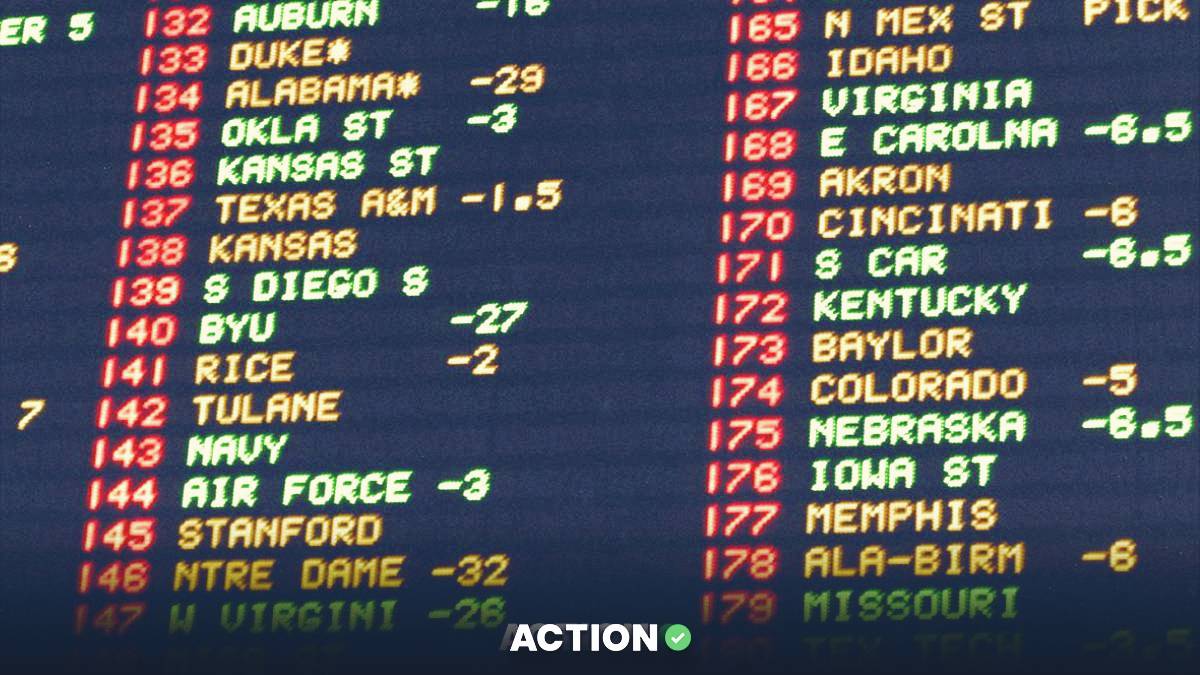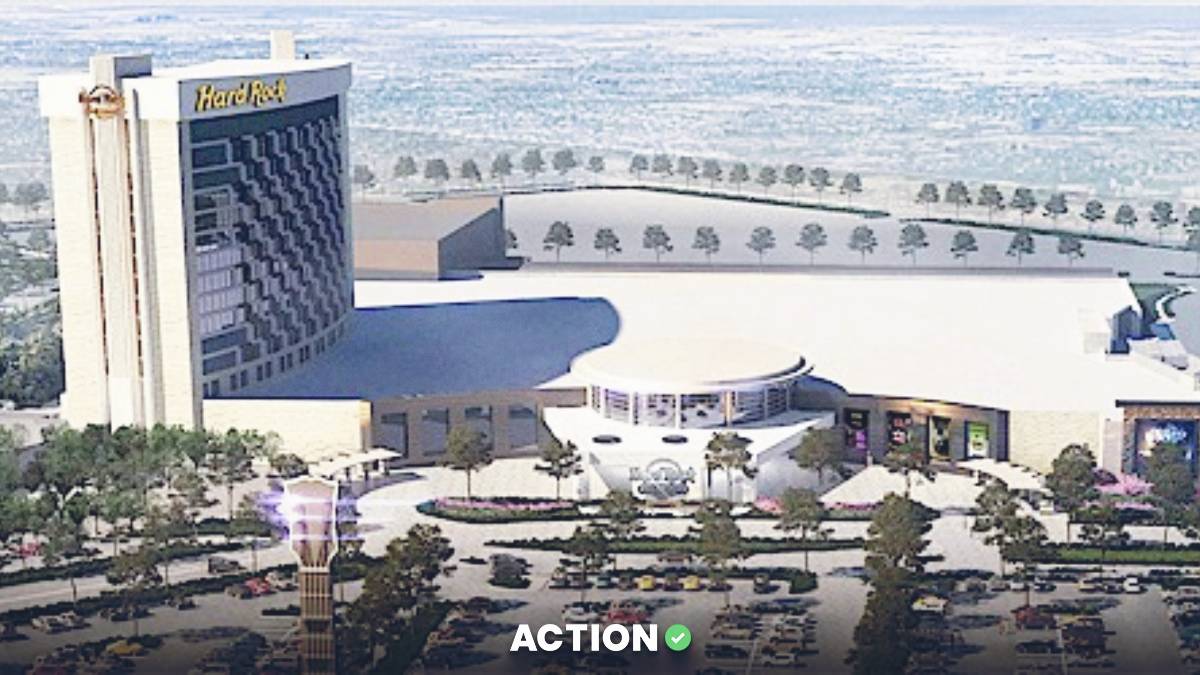The time to submit an application for a downstate casino license in New York is now.
Three licenses are up for grabs, and eight bidders are still in the running, but that can all change if any one of them fails to meet tomorrow's deadline.
The applications must be submitted to the New York State Gaming Commission. The three winning bids are poised to significantly impact the social and economic landscape of the New York City metro area.
The Process to Apply for a Casino License Has Been Years in the Making
Reaching this stage has been a lengthy and intricate process.
The idea of establishing casinos in the downstate region of New York has been a topic of discussion for years. It all began with a 2013 constitutional amendment that permitted commercial casinos in the state. As part of this plan, three licenses were specifically set aside for the downstate area, but their issuance was intentionally delayed to allow upstate casinos time to establish themselves.
Now, with the 10-year moratorium on downstate casino licenses coming to an end, the timing is ripe to advance this initiative. Advocates for the casinos point to the substantial economic benefits they could bring, such as creating jobs, boosting tourism, and generating significant tax revenue for both the state and local communities.
The Current Contenders for NY Downstate Casino Licenses
It all began with the aim to expedite the licensing process to boost local economies and increase state revenues. However, various factors—including site approvals and zoning challenges—have extended the timeline beyond initial expectations.
Today, the eight remaining proposals cover a geographically diverse area, with potential sites in Queens (two bids), the Bronx, Brooklyn, Yonkers, and Manhattan (three bids).
Bally’s Bronx
Bally's took over the lease for the Trump Links golf course in 2023, and it's now called Bally’s Golf Links at Ferry Point. They plan to build a 500,000-square-foot casino next to the golf course in the Bronx. The project also includes a 500-room hotel with a spa and meeting spaces, retail shops, a 2,000-seat event center, and two parking garages that can hold up to 4,660 vehicles.
Resorts World New York City
The plan is to turn the Queens Aqueduct Racetrack from a small racetrack casino into a large casino. The Genting Group plans to invest $5 billion in transforming the site into a major entertainment center. Their proposal includes a 2-million-square-foot space with a 350,000-square-foot casino floor, a hotel with 1,600 rooms, a 7,000-seat arena, large meeting areas, and 30 new dining options. This big plan makes them a strong competitor.
The Coney
The Coney is a proposed casino and entertainment district for Coney Island in Brooklyn, aiming to make the seaside town a year-round attraction. The group behind The Coney believes the casino resort will revitalize the area, which is famous for its amusement rides and being the birthplace of Nathan’s Famous Hot Dogs. Their vision is to turn Coney Island into a top spot for leisure travel, business events, shopping, and dining.
Freedom Plaza
Freedom Plaza is being described as a game-changing $11+ billion project for Midtown Manhattan. Their application is over 900 pages long and highlights what is considered the most detailed plan for inclusive development in Manhattan. It includes more affordable housing units than any other proposal and is the only one in the area that plans to include public green space.
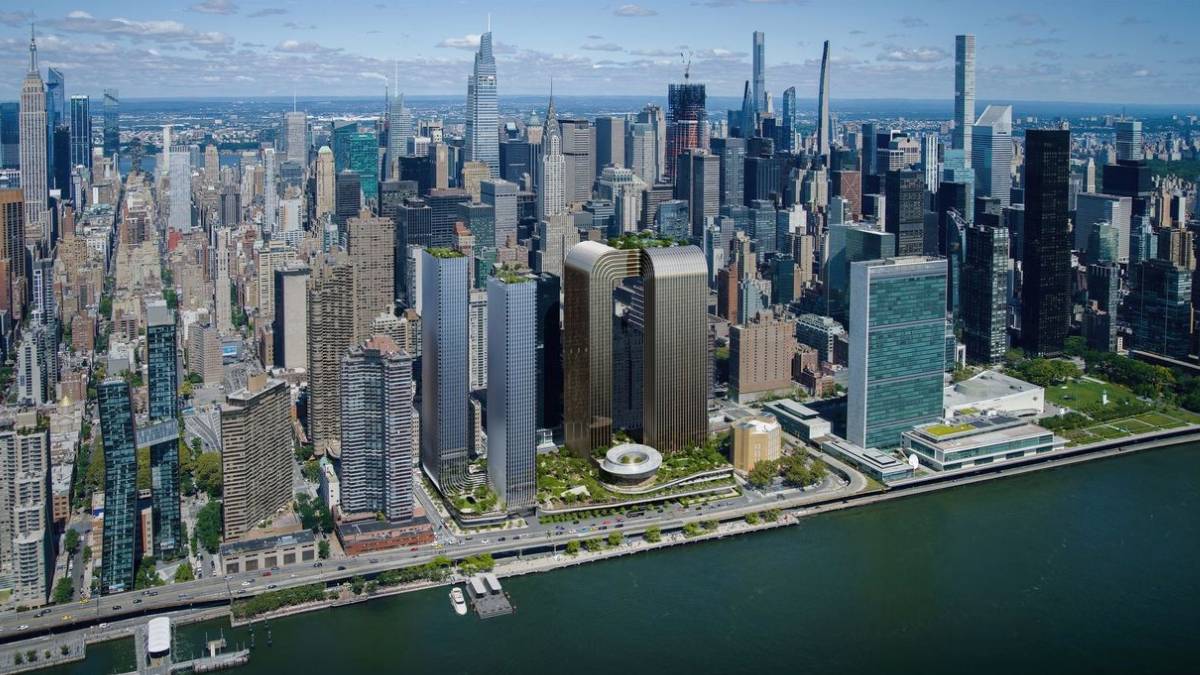
Metropolitan Park
New York Mets owner Steve Cohen and Hard Rock have proposed an $8 billion development near Citi Field called Metropolitan Park. Cohen aims to turn 50 acres of parkland, including the Citi Field parking lot, into an entertainment area. This would include a casino, a Hard Rock hotel with 2,300 rooms, a live music venue, a food hall, and sports fields.
Caesars Palace Times Square
Caesars Palace Times Square has garnered support from over 200 local groups, such as restaurants, hotels, unions, residents, and Broadway representatives. The project's future will largely depend on local community reviews. Opponents are concerned about the increased noise and traffic in an already heavily congested area.
The Avenir
The Avenir is a huge gaming and entertainment complex proposed by Silverstein Properties, Rush Street Gaming, and Greenwood Gaming and Entertainment. It would be located on Manhattan's far west side, near the Javitz Center and Hudson Yards. The plan includes a 785-foot-tall building featuring a casino, more than a dozen bars and restaurants, event spaces, a spa, a fitness center, an outdoor pool, and entertainment venues.
Empire City Casino
MGM Resorts plans to spend $2.2 billion to upgrade and expand its Empire City racino. The project involves a remodeled casino that is 192,500 square feet and adds 301,200 square feet of new space. The expanded complex will include a 5,000-seat entertainment venue, new bars and restaurants, and a new 9,000-square-foot area dedicated to sports betting and lounging.
This wide distribution underscores the high stakes and strategic visions developers have for capturing the lucrative New York market.
Originally, there were 11 bidders, but three —Hudson Yards West, Saks Fifth Avenue, and Sands New York— have pulled out after community resistance, zoning problems, and strategic decisions got in the way.
Upcoming Steps and Key Dates
With the legislative backing strengthened by recent amendments, SB 9673A, which is awaiting the governor's signature, the countdown to the June 27 deadline is a pivotal moment for all involved parties. Here’s a timeline of the crucial upcoming steps:
- June 27, 2025: Deadline for license applications. Following the deadline, Community Advisory Committees (CACs) will be formed to review and vote on each project.
- September 30, 2025: Applicants need to have completed all entitlement processes, and CACs are required to cast their votes.
- December 1, 2025: The Gaming Facility Location Board is expected to announce its licensing decisions.
- December 31, 2025: Target date for the New York State Gaming Commission to issue licenses.
This timeline ensures thorough evaluation and community involvement, addressing local needs and regulatory compliance. However, while the current plan sets the licensing for December 31, there is a possibility of extending this to March 31, 2026.
The licensing process is set up to be thorough and include input from local communities through CACs. These committees are important because they enable local residents to have a say in the casino projects, making sure the developments align with the community's needs and concerns.
The Road Ahead in New York
This process shows just how much of a positive impact these casinos could have on the local economy and community. Although there are still hurdles to clear, such as obtaining all the required approvals by September 30, 2025, the potential for new ideas and economic growth is substantial.
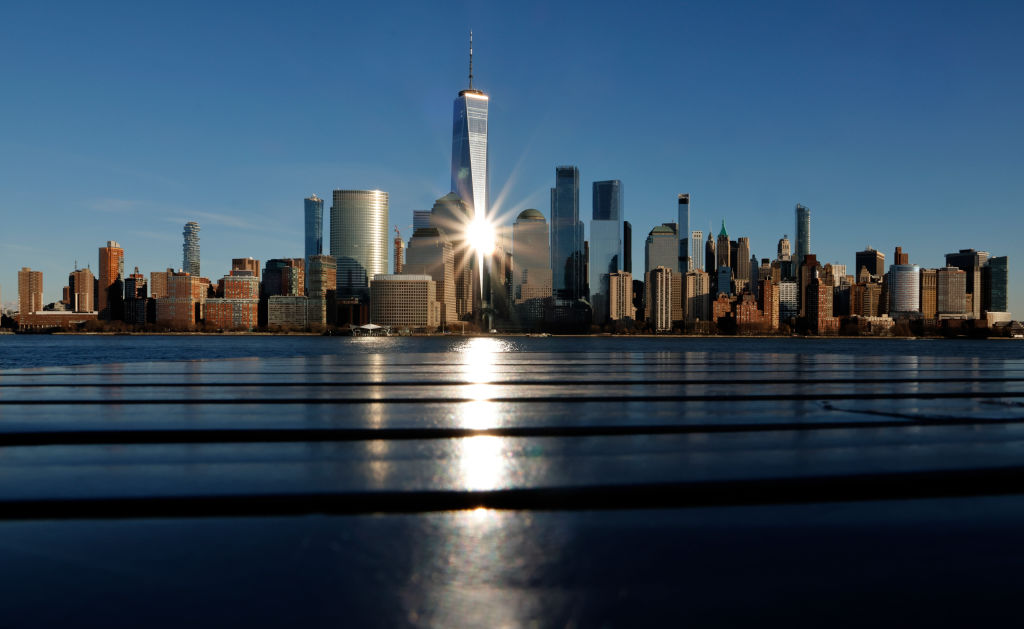
As things progress, everyone involved is closely watching to see how these casino projects will affect the future of New York's downstate area. The winning casino proposals will not only change the look of the neighborhoods but also boost jobs, tourism, and state income.
In summary, with the application deadline approaching, excitement and anticipation are growing around New York's downstate casino licenses. This marks the start of a new chapter for the state's gaming scene.


